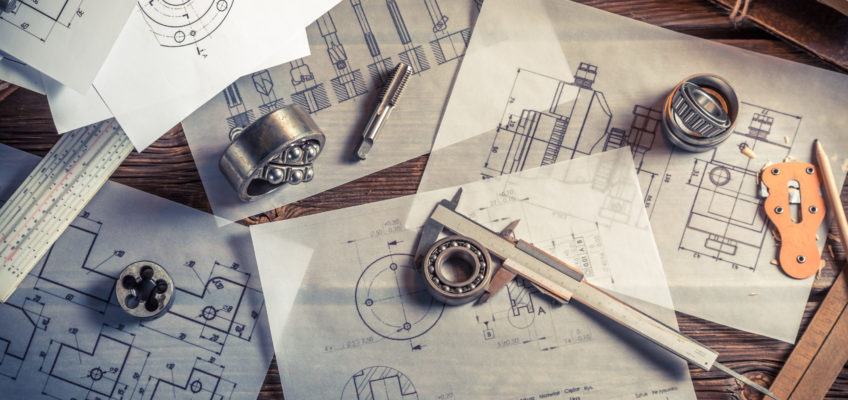Are blueprints really blue?
A common use of the word ‘blueprint’ is to symbolize a framework, plan, or strategy. Technical drawings relevant to engineering or architectural designs always comprise white images and text on blue paper.
Present-day engineers and architects can enjoy crafting blueprints on a potter or digital printer featuring black or blue lines on a white sheet. However, before the revolutionization of technology, blueprints used to be blue. And the reason was far more complex than just a liking for the color blue.
Instead, blueprints boast this specific color because the technique employed to fabricate blueprints turns the paper blue. Here, we discuss in detail the history and making of blueprints:
Putting the ‘Blue’ in Blueprints
The concept of blueprints came about in the 1800s by English photographer, astronomer, and chemist, namely John Herschel. In 1842, he discovered that combining potassium ferricyanide with ferric ammonium citrate resulted in a chemical reaction and a compound known as blue ferric ferrocyanide.
Moreover, you can utilize the photosensitive solution to reproduce documents in the same way you could develop photographs from negatives. Over a century ago, this blueprinting technique was a whole lot faster and more effective than tracing each document.
Why are Blueprints Blue?
Years ago, photographers adopted a revolutionary process, cyanotype, which resulted in creating the first photography-illustrated book. Architects and engineers then assumed the technique.
The process of blueprints formation starts with drawing on tracing cloth or translucent tracing paper. Both of these materials are practically see-through, making it easy for users to transfer your created drawing to the tracing material.
Next, they place the drawing atop a blueprinting paper with a coating that comprises ammonium iron citrate and potassium ferrocyanide from an aqueous solution. Once it dries, developers expose the chemical-coated paper to bright light, where the necessary chemical reactions react to form an insoluble blue compound, ferric ferrocyanide.
The transformation occurs with one vital exception, i.e., in places where the blueprinting paper obstructs the light’s pathway. It created a solid blue document with vivid white lines
The Evolution of Blueprinting
However, the technology’s application only lasted till the 1940s. Soon, the diazo white press and xerox copiers came about, and they created solid black or grey lines on white paper.
Also known as dry blueprinting as both the processes are quite similar in technology and methods. In diazo, Ferro-gallate coats the paper, turning it into a yellowish shade. Just like blueprinting, the light-sensitive paper is placed underneath the original drawing. After this, ammonia vapor helps imprint the image on paper.
By the 1970s, engineers discovered that Diazo worked better and faster on a blue-lined paper. Moreover, it offered a more precise drawing and a readable image on white paper.
Unfortunately, in 2006, states introduced strict regulations against ammonia, which resulted in difficulty accessing the architectural and engineering printing processes. On the flip side, new and advanced printing technologies were taking the blueprinting world by storm. Here, state-of-the-art pen plotters and inkjets simplified the printing process. Today, you can purchase affordable products that take up less space to enjoy the benefits of blueprints.

